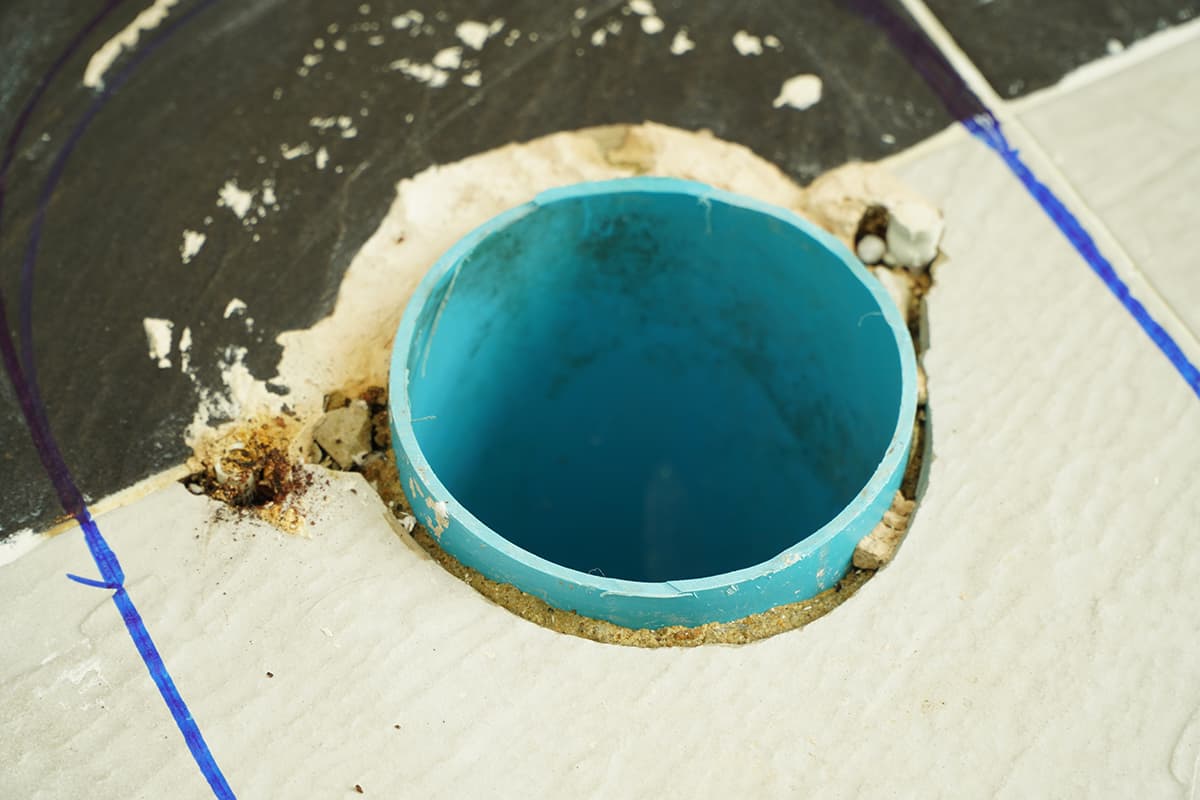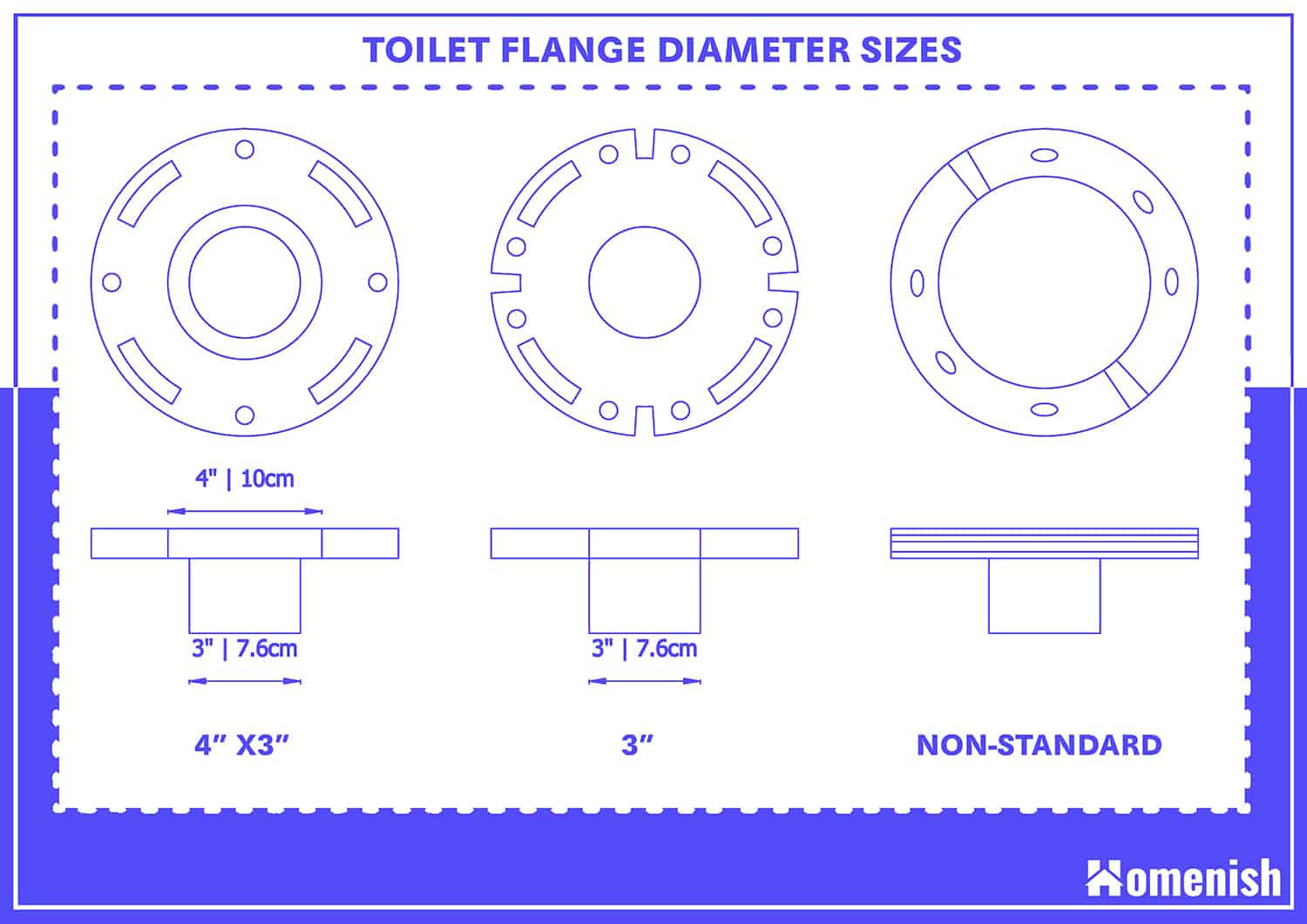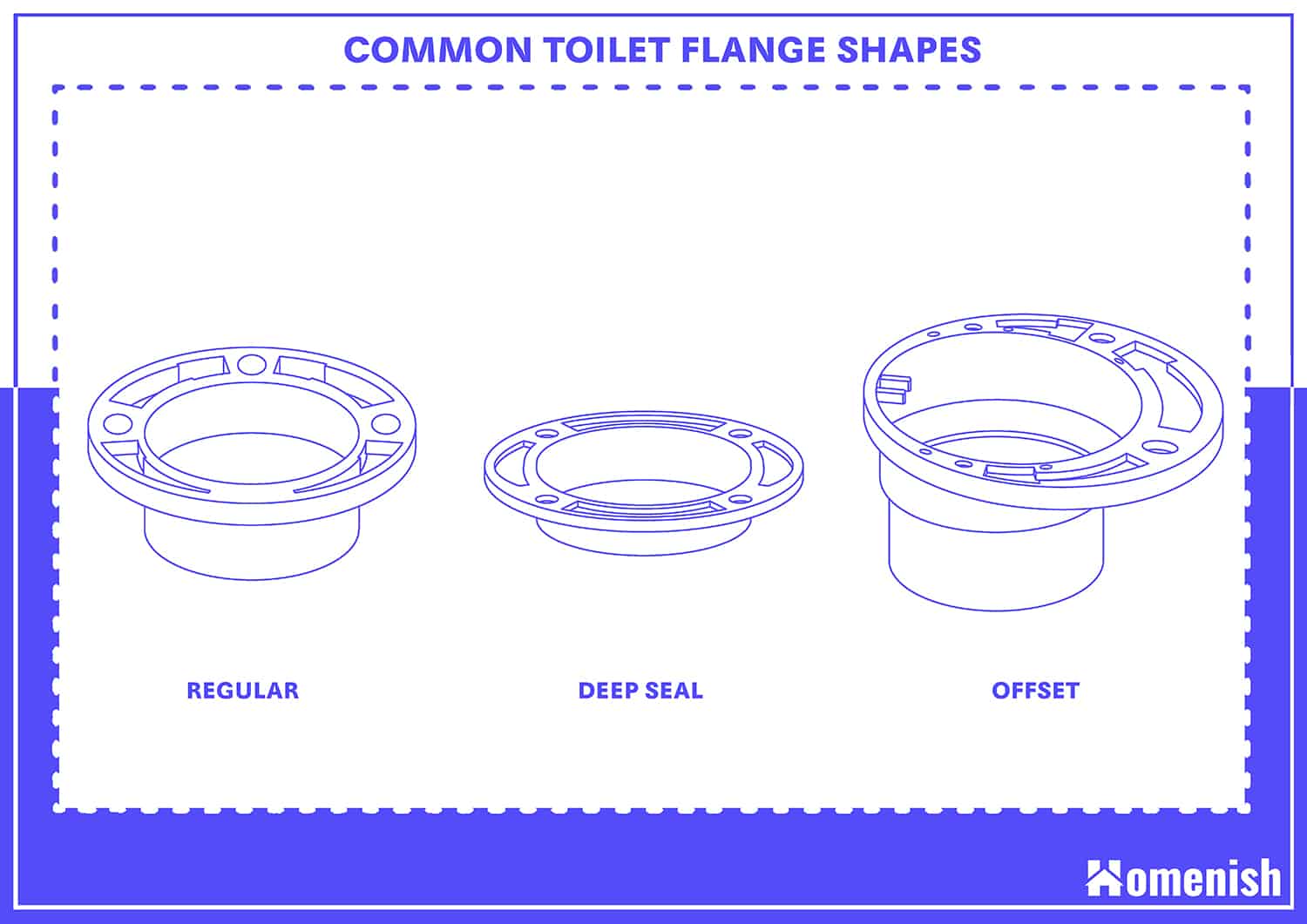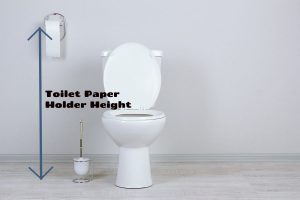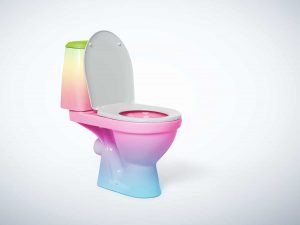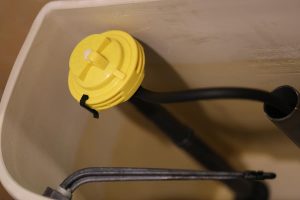A toilet flange is crucial to your bathroom’s plumbing system, as it securely connects the toilet to the floor and links the pipe to the drainage system. Using the appropriate flange for your toilet and pipework ensures proper functioning and prevents potential issues down the road.
In this article, we’ll delve into the various types of toilet flanges and their dimensions to help you make an informed decision.
How Does a Toilet Flange Work?
A toilet flange is installed below the bathroom floor level, connecting to the pipe that carries away waste. By securing the flange with screws, you can attach the toilet to it, ensuring a stable and secure fit. This method prevents damage to your tiles since the toilet isn’t screwed directly onto the floor.
One essential component of the flange is the wax ring, which seals the gap between the toilet base and the closet bend to prevent leaks. It’s crucial to find a flange size compatible with your home’s existing pipework to ensure proper sealing and avoid water seeping out.
Types of Toilet Flange
Plastic
Plastic flanges are a popular choice because they are inexpensive, lightweight, strong, and won’t rust or corrode. They are suitable for both residential and commercial use. However, they can collapse under extreme pressure from bulky waste or high water levels.
Copper
Copper flanges are antifungal, antibacterial, and corrosion-resistant. They are strong and sturdy but can be expensive and hard to install.
Brass
Brass flanges are heat resistant, strong, and durable but can rust. They come in a wide range of sizes, including deep seal and offset shapes.
Aluminum
Aluminum flanges are lightweight, durable, and resistant to corrosion. However, they are not as strong as other metal toilet flanges.
Cast Iron
Cast iron toilet flanges work well with cast iron pipes. They have a longer shape, allowing them to fit deeper into the drain, making them useful for drain pipes located beneath the subfloor. This flange type is very strong but is more prone to rust than others.
Stainless Steel
Stainless steel toilet flanges resist rust and corrosion and are lighter than most other metal flanges.
Toilet Flange Diameter Sizes
4×3
The 4×3 toilet flange is the most common size you’ll find. The name refers to the diameter measurements of the upper and lower parts of the flange. The top section connecting to the toilet measures 4 inches, and the bottom part connecting to the drain measures 3 inches. This size works well with the standard 40 pipe used for plumbing toilets in most homes.
The 4-inch diameter on the top part of the flange offers extra clearance space when water leaves the toilet, minimizing the risk of water seeping back through the wax ring in the future.
3 inch
The 3-inch toilet flange has a diameter of 3 inches on both the upper and lower parts. It also works with a 40 pipe, which is 3 inches in diameter. However, if your pipework is not assembled with standard 40-size pipes, you’ll need a different-sized flange.
Although 3-inch toilet flanges are less common than 4×3 flanges, they’re still a suitable choice for installing in bathrooms if they fit the pipes. The only minor disadvantage is that more pressure is put on the wax ring when water passes through the slightly smaller pipe. However since wax rings are designed to handle pressure, this rarely causes an issue.
Non-standard
In some cases, you may need a non-standard-sized toilet flange if your pipes are of non-standard measurement. This can occur in older homes or when pipes made from different materials have been used. You can use a regular-sized toilet flange with an extension kit, or you may need a toilet flange with a larger or smaller diameter opening than usual.
Toilet Flange Shapes and Sizes
Regular
Regular toilet flanges are about 5 inches in length. You’ll find them fitting inside and around the pipe opening beneath the floor. This type of flange is what most homeowners require for their toilets.
Deep Seal
Deep seal flanges are longer, roughly 12 inches in length. The added length provides increased protection against leakages. However, for standard residential use, this extra feature is mostly unnecessary. Deep seal flanges are ideal for public toilets due to higher traffic, but they can be more complex to install.
Offset
Offset toilet flanges are helpful when your toilet is positioned in a challenging location, like when the pipe opening is very close to a wall. These flanges have an elbow bend that allows for adjustments, making the installation process easier in such situations.
Remember to choose the appropriate toilet flange type depending on your specific needs and installation requirements. By doing so, you will ensure a secure connection and prevent leakages.
Don’t know what to do when your toilet flange is so high? Follow our guide ‘ Toilet Flange Too High – How to Fix ‘
